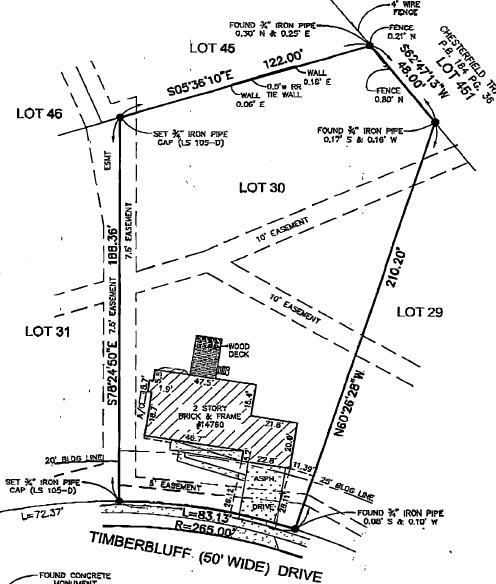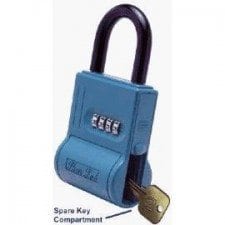You may have noticed that I haven’t been around very much in the last month. I’ve been out working with clients that are buying and selling homes.
Buying a home involves more than simply finding the right house. There are a number of issues that can come up once you are under contract, and it is important to take full advantage that the investigation period that the sales contract allows to make sure you won’t have future problems with your home.
Survey defects are one of the common problems that may come up during the contract period.
When you order a survey, you will receive a drawing that shows the land size and all improvements (including buildings and decks plus concrete sidewalks, driveways and patios).

All surveys also show:
-
recorded easements
-
building lines and setbacks (the distance from each boundary that a structure can be built)
However, there are significant differences between the two basic types of surveys.
A boundary or stake survey identifies all of the corners of the property and provides the best protection for a future buyer. It shows all fencing and notes if there is anything that crosses over the boundaries between the property and its neighbors. Since the corners of the property are permanently marked with iron rods that are set in the ground, it is important to have a stake survey if you plan to later install fencing or any structures near the property lines.
In comparison, a spot survey does not mark the corners of the property nor show any fencing. The policy provided by the title company (called title insurance) will not cover any boundary line disputes if it is later determined that a permanent structure crosses over a property line.
The most common problem that is found on a survey is a boundary encroachment. When a fence is installed, or a patio or structure near the property boundary is put in, there are times when the structure actually crosses the property line. I have seen properties that have driveways, patios and even detached garages that cross over the property lines.
So why would anyone choose to order a spot survey instead of the more thorough stake survey?
Money.
The cost of a spot survey can be $200-300 cheaper than the stake survey.
It seems short-sighted to me to skimp on the survey to save money when you consider how much money a new home costs. Or the future consequences of not knowing that something on your property is actually encroaching on your neighbor’s land.
Let’s say that you bought a home and you didn’t get a boundary survey when you purchased it. If the fence and driveway on the right side of your property is actually a foot into your neighbor’s land, you would have a property line encroachment. Imagine that your neighbor ends up selling a year later, and the buyer of that property discovers that your fence and driveway is encroaching on their new home. They might be reasonable and agree to establish an easement which grants you the use of that strip of land. Or, they could demand that you remove your fence and the portion of your driveway that is on their land.
The problem becomes your problem, since you opted not to get a stake survey. If you had purchased a stake survey when you bought the property, you would have discovered the encroachment and could have insisted that the seller of the property and the neighbor arrange for an easement. Once established, the easement protects you from future owners demanding you remove the encroachment.








